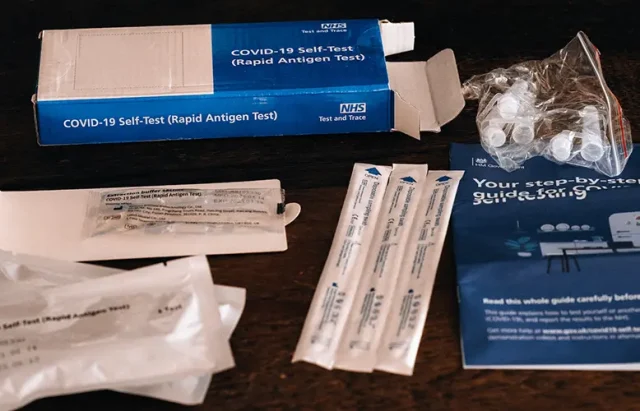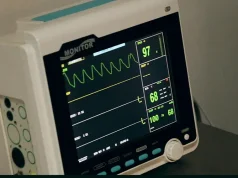
Vacations are a time to relax, unwind, and explore new places. Whether you’re headed to a remote mountain cabin, a sunny beach resort, or an adventurous backpacking trip, one thing you should always have in your luggage is a well-prepared first aid kit. As noted by the Chicago injury lawyers at Smith LaCien, accidents, and unexpected health issues can happen anywhere, so it’s essential to be prepared for the unexpected. Here, we want to discuss what to bring for a first aid kit on vacation to ensure you have a safe and enjoyable trip.
Importance Of A First-Aid Kit
A first aid kit is a crucial tool that should be readily available in various settings, from homes to cars, workplaces, and during vacations. Its importance lies in its ability to provide immediate care and support in the event of injuries, accidents, or sudden illnesses. Having a well-equipped first aid kit on hand can mean the difference between a minor issue and a potentially life-threatening situation. It empowers individuals to respond effectively to emergencies, offering immediate relief, minimizing complications, and potentially saving lives. A first aid kit serves as a first line of defense, promoting safety, and preparedness in a wide range of situations.
Basics First: The Container
Before diving into the contents, you’ll need a suitable container for your first aid kit. A small, waterproof container or pouch is ideal. Ensure it’s durable enough to withstand the rigors of travel and has compartments or pouches to keep items organized. Zip-lock bags can also be useful for organizing and protecting smaller items.
Essential Medications
Pain Relievers: Pack over-the-counter pain relievers like acetaminophen or ibuprofen for headaches, muscle aches, and pain relief.
Antihistamines: Include antihistamines for allergies and insect bites.
Anti-Diarrheal Medications: Diarrhea can strike at the least opportune times, so bring medication to ease symptoms.
Motion Sickness Tablets: If you’re prone to motion sickness, these can be a lifesaver during car rides or boat trips.
Prescription Medications: If you’re on any prescription medications, bring an ample supply, along with copies of your prescriptions and a note from your doctor explaining your condition if needed.
Wound Care Supplies
Adhesive Bandages: A variety of sizes to cover cuts, blisters, or minor burns.
Sterile Gauze Pads and Adhesive Tape: For larger wounds or to secure dressings.
Antiseptic Wipes: Use these to clean wounds and prevent infection.
Scissors and Tweezers: These come in handy for cutting tape, removing splinters, and more.
Disposable Gloves: For personal protection when administering first aid.
Skin Care and Sun Protection
Sunscreen: Protect your skin from harmful UV rays by packing a broad-spectrum sunscreen with an SPF of at least 30.
Lip Balm with Sunscreen: Don’t forget your lips!
Aloe Vera Gel: For soothing sunburn relief.
Insect Repellent: Keep those pesky bugs at bay with an insect-repellent spray or lotion.
Cortisone Cream: Useful for itching and inflammation from insect bites or rashes.
Miscellaneous Supplies
Digital Thermometer: To monitor your temperature in case of illness.
Tweezers: Great for removing splinters or ticks.
Cotton Balls and Swabs: For various cleaning and application purposes.
First Aid Manual: Include a basic first aid guide or download a reliable app for reference.
Emergency Contact Information: Have a list of emergency contacts, including local medical facilities.
Notepad and Pen: Useful for documenting any health-related information or instructions.
Special Considerations
Depending on your destination and activities, you may need additional items:
Prescription Medication: Ensure you have an ample supply of any necessary prescription medication and carry them in their original containers.
EpiPen: If you have severe allergies, bring your EpiPen and make sure your travel companions know how to use it.
Water Purification Tablets or Filters: If you’re going to a remote area, these can be a lifesaver in case of contaminated water sources.
Emergency Blanket: Ideal for cold or high-altitude destinations.
QuickClot or Hemostatic Dressings: If you’re embarking on adventurous activities, these can help control severe bleeding.
Remember that the contents of your first aid kit may vary depending on your destination, the duration of your trip, and the specific needs of your group. Be sure to periodically check the kit for expired items and replace them as needed.
In addition to assembling a comprehensive first aid kit, it’s also important to educate yourself and your travel companions on basic first aid techniques. Knowing how to properly clean a wound, apply a bandage, or administer CPR can be invaluable in an emergency situation.
Packing a well-stocked first aid kit is a vital part of any vacation preparation. While we all hope for a safe and incident-free trip, being prepared for the unexpected can make a significant difference in the outcome of any medical situation. So, before you jet off on your next adventure, take the time to build or update your vacation first aid kit, and enjoy your travels with peace of mind.





